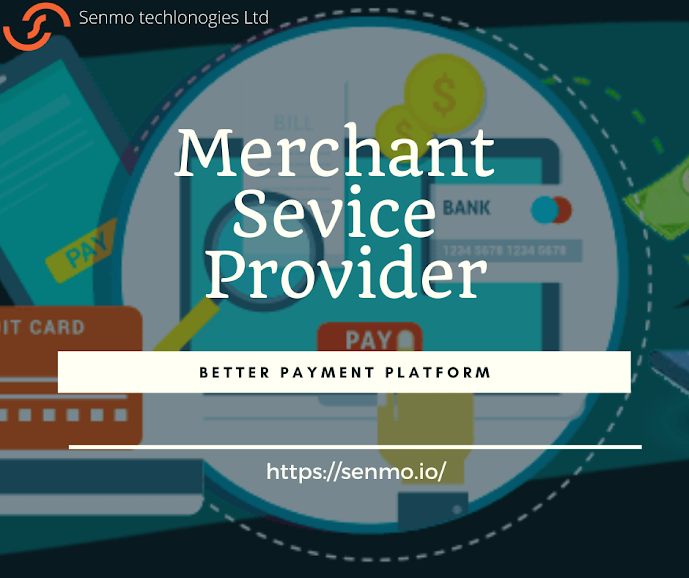Online payment
processing
The world of online payment services could seem complex, but
at its core it’s almost making it easier for your members, customers, or donors
to support you during a way that’s convenient for them. It’s now essential to
supply an online payment option, regardless of your organization, if you'd wish
to be ready to reach all of your potential customers, donors or members.
Within one month of promoting his club’s upcoming winter
trip, all spots were filled and the club’s cash flow increased by $18,000,
allowing Gary to cover all his deposits.
Although implementing online payments may initially seem intimidating, in this post we'll help you navigate all of the different options and decode the jargon.
Merchant Services or Credit card processing ensures consumers a smooth and swift checkout by handling the intricacies of credit and debit card payments. It is estimated that there are 1.06 billion credit cards in use in the United States with an average of Americans having four credit cards per person. When a business incorporates a credit card processor to handle payments.
How the Online Payment
Process Works
To fully understand how online payments work, let’s
follow a transaction from start to finish. In this way, you can see how your
website, your member or donor, and your payment service provider all interact.
To
get started with online payment processing, you typically need:
·
An account with a payment service provider.
·
A merchant account though some payment systems
(such as PayPal) do not require a merchant account or can provide you with one.
Once you’ve set up your web page and connected it to an
online payment system, visitors to your site will be able to pay online for
products or services. The online payment process begins when the visitor clicks
the button to pay online for membership fees or an event registration, or to
make a donation or purchase something from your online store.
On the online payment form that appears, the visitor
enters their credit card information and submits the transaction request.
Depending on your online payment service provider, the form may appear on your
website, or your purchaser may be redirected to a form on your service
provider’s website.
The transaction request, along with the credit card information entered by the purchaser, is securely transmitted to the payment gateway operated by your payment service provider. The information is encrypted so that no one including you can view the purchaser’s personal and financial information
Your payment service provider will then use a secure payment processing service their own or one provided by another company.
If the purchaser’s credentials are valid and there are sufficient funds to complete the transaction.
Your payment service provider will initiate a transfer of funds from the purchaser’s bank account to the merchant account associated with your website, and notify your website that the transaction has been approved.
Merchant Services providers are meant to determine whether the consumer has the necessary funds to approve their purchase.
The sale will be credited to the merchant’s account
almost instantly; however, it can take up to three business days before the money
reaches their account.
Consumer
The consumer initiates the purchase by swiping, tapping or dipping their card or handing over their payment information to the merchant
Card Network
The card network collects the payment information from the processor and passes it on the consumer’s bank. The customer’s card will operate one of the major credit card networks the most common are Visa and MasterCard.
Merchant
The message is then sent back through the same channels
to the merchant who must inform the consumer via the credit card reader if
their payment has been. If the transaction is cleared, then the merchant must
hand over the service or goods that the consumer is expecting in return for the
payment.
Consumer Bank
Once the consumer’s bank receives the payment request,
they will verify whether the consumer has the appropriate funds or credit to
complete the purchase. Additional security measures are taken to ensure that
the purchase is legitimate and shows no signs of fraudulent activity. When the consumer’s
funds are authorized to be released.
·
Insufficient funds in the account.
·
The credit limit has been maxed.
·
The bank suspects that the purchase has been
made by a non-authorized user.
Processor
The merchant or credit card processor collects the customer’s
payment details and routes that data across to the other stages, primarily to
the card network. The processor facilitates communication between the different
parties.



Comments
Post a Comment